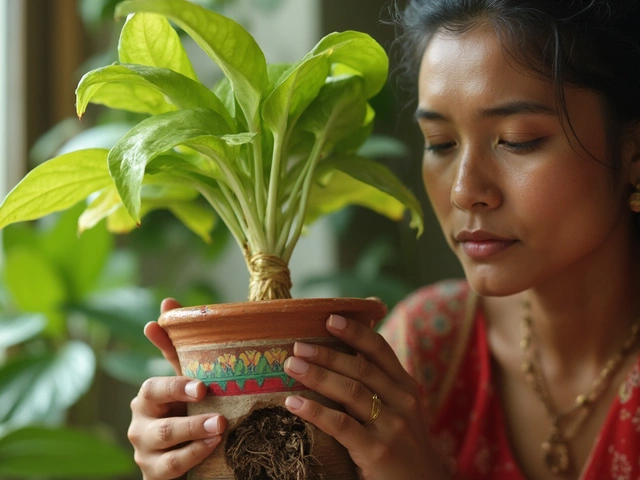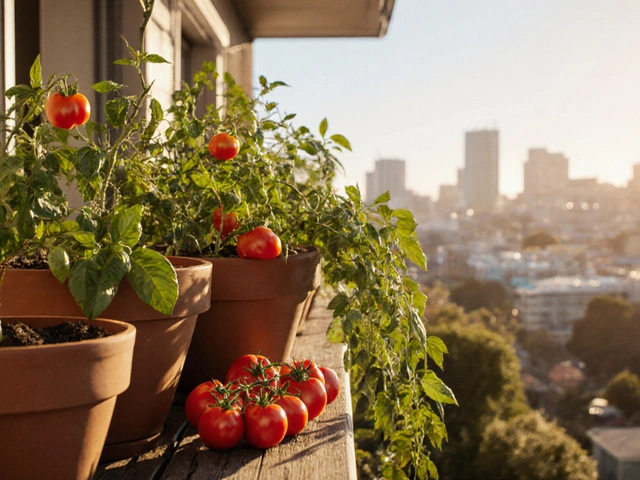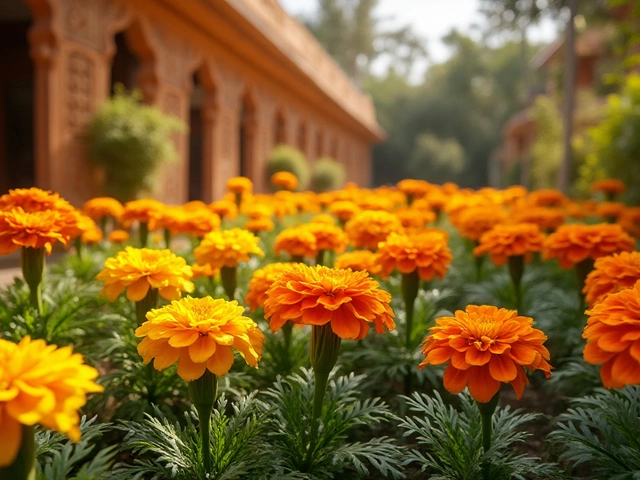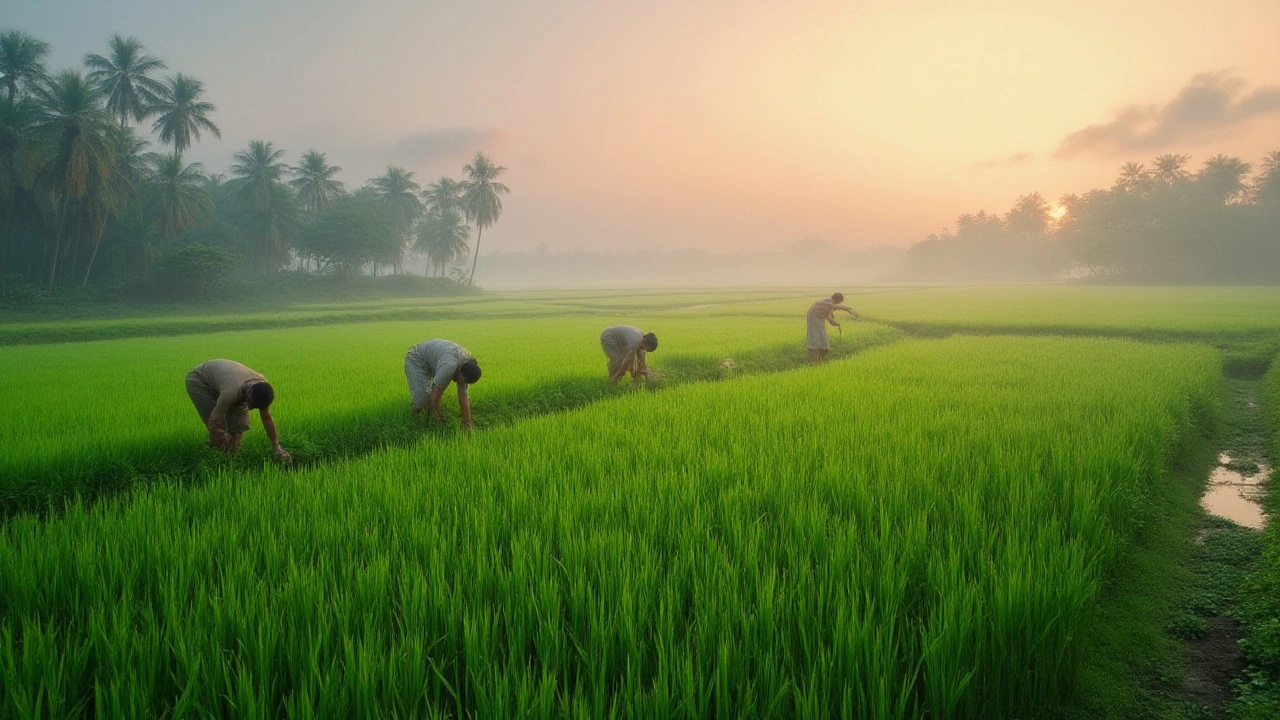Wetland Soils: Practical Guide for Indian Gardeners
Ever wondered why some parts of your garden stay soggy while others dry out fast? That's wetland soil talking. It’s heavy, rich in organic matter, and holds water like a sponge. If you learn its quirks, you can turn a water‑logged spot into a thriving garden zone.
Understanding Wetland Soil Basics
Wetland soils are high in clay and silt, which means they compact easily and drain slowly. They also contain a lot of decomposed plant material, giving them a dark, loamy feel. In India, you’ll find these soils near riverbanks, lakes, and low‑lying fields, especially during monsoon season.
Because they stay wet, they host a different set of microbes than dry soils. Those microbes break down organic matter, releasing nutrients that many plants love. However, too much water can also limit oxygen, stressing roots that need air.
Key signs of wetland soil include a muddy texture, a persistent dark color, and a “spongy” feel when you step on it. If water pools for more than a few hours after rain, you’re dealing with wetland conditions.
Improving and Caring for Wetland Soils
First, improve drainage without draining the whole area. Adding coarse sand or small gravel in a 1:3 mix with the existing soil can create tiny channels for water to move. Spread the mixture a few inches deep and gently work it in.
Second, boost soil structure with organic matter. Compost, well‑rotted farmyard manure, or shredded coconut coir are great choices. They add air pockets and feed the soil microbes that keep nutrients available.
Third, choose plants that love wet feet. Native species like Nelumbo nucifera (lotus), Typha (cattail), and Cyperus (nutgrass) thrive in water‑logged conditions. For a garden look, try water‑loving lilies, iris, or taro.
Regularly monitor water levels. If a spot stays underwater for days, consider a shallow French drain or a simple gravel trench to redirect excess water to a nearby ditch.
Finally, avoid over‑fertilizing. Wet soils already release nutrients fast, and extra fertilizer can cause algae growth or foul smells. A light side‑dressing of compost in spring is usually enough.
By respecting the natural water‑holding power of wetland soils and working with them, you can create a lush, low‑maintenance garden patch that looks great year‑round. Give these tips a try and watch your soggy spot turn into a vibrant wetland oasis.
Best Soil for Rice Cultivation: Secrets to Thriving Paddies
Discover the best soil for rice cultivation, how it affects growth, and tips to improve your own rice field no matter where you live. Detailed guide inside.
About
Rice Cultivation
Latest Posts


Best Balcony Garden Direction for Sunlight and Plant Growth
By Alden Thorne Nov 28, 2025

The Best Plants to Gift in India for Every Season
By Alden Thorne Nov 25, 2024

Who First Discovered Rice? Tracing the Ancient Roots of Rice Cultivation
By Alden Thorne Jul 29, 2025

